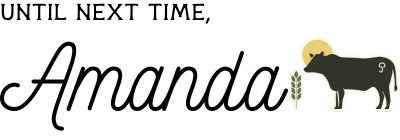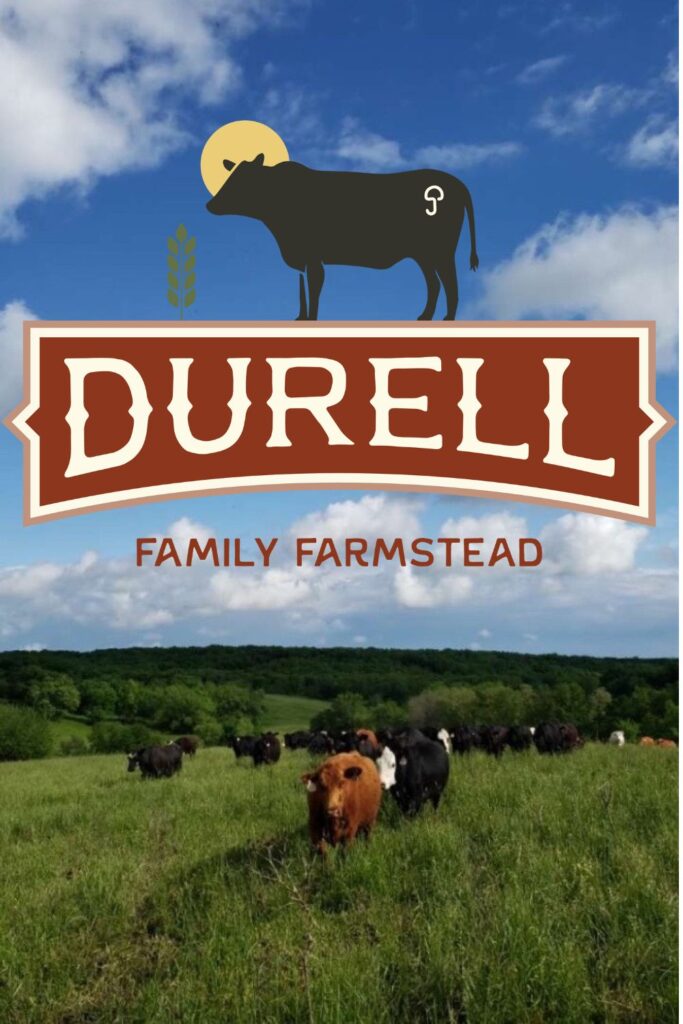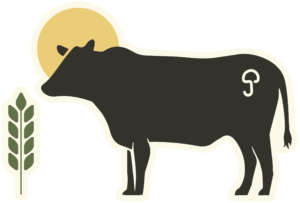Don’t feel embarrassed if you have ever wondered, “a heifer… what is it!?”
In the cattle world, there are a lot of words and phrases that are not common in everyday language. My goal is to help break it all down for you, especially if you are new to livestock! We all have to start somewhere.
Please feel free to shoot me an email at [email protected] if you have any other cattle terms you would like clarity on!
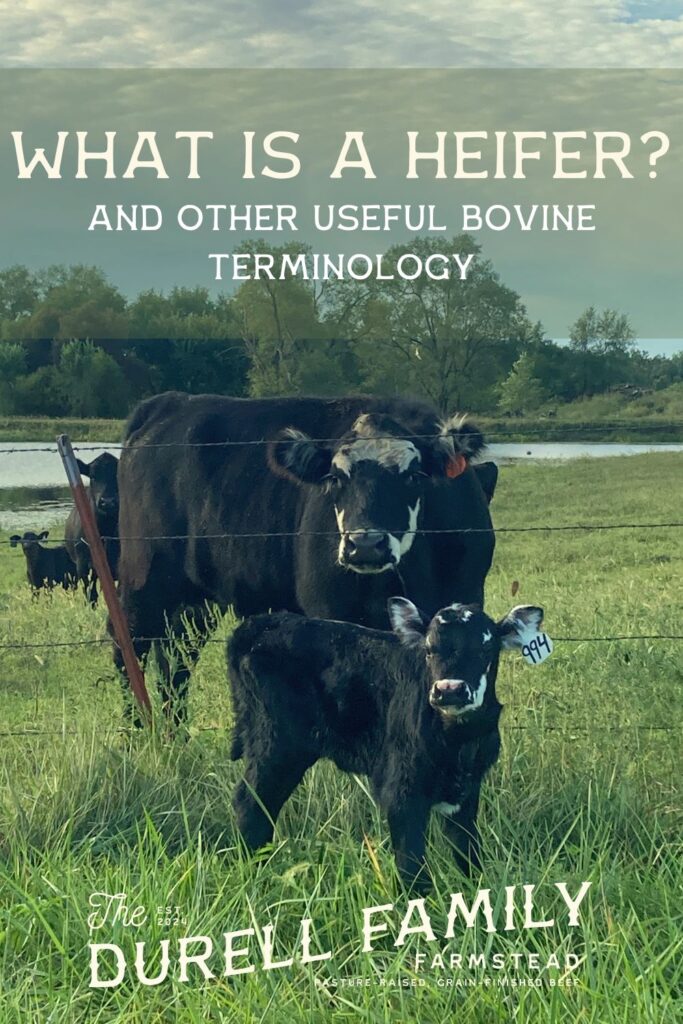
“Heifer” definition
A heifer is a young female bovine animal.
A female calf is called a heifer from birth until she has her first calf.
Variations of Heifer
- Replacement heifer: A calf called a replacement heifer when she is designated to become a breeding animal. She is to be raised up to become a beef cow or a milking dairy cow, depending on the type of farm and breed of cattle. Think of replacement as a replacement into the main herd, as older cows leave the herd.
- First calf heifer: This term is particularly confusing, but you will hear it used, nonetheless. A first calf heifer is heifer who is currently raising her first calf. But you might ask, “isn’t she a cow, once she has had her first calf?” Yes, you would be correct. Don’t ask me why this term exists, but it does!
- Free martin heifer: A free martin heifer is an infertile female calf that has been born alongside a male twin. The hormones of the male calf actually interferes with the reproductive development of the female calf. The free martin heifer, or usually just called a “free martin”, will often have an incomplete and underdeveloped reproductive tract. This phenomenon can also happen with singleton births, with the assumption that the male twin was lost during the pregnancy. A veterinarian can diagnose this “freemartinism” by ultrasound and physical exam.

“Cow” definition
A cow is a mature female bovine animal, having had at least one calf in her life. Cow is a also term used by other species, such as elk, moose or whales!
This term is the most commonly used word to refer to bovines, either individually or as a group. Maybe I am the one splitting hairs, but that usage is technically incorrect! “Cattle” or “bovines” would be more correct for a group.
Variations of cow
- Dry Cow: A term used mainly in the dairy industry, a dry cow is a cow that is not currently “in milk,” i.e. not lactating.
- Boss Cow: The boss babe. The head honcho. The girl in charge. You get the gist. Cows exist in a social hierarchy, with a singular female at the top. This bovine behavior can be useful when a rancher wants to get the herd to move. If you can convince the top cow to go/follow, the rest of the herd will go with.
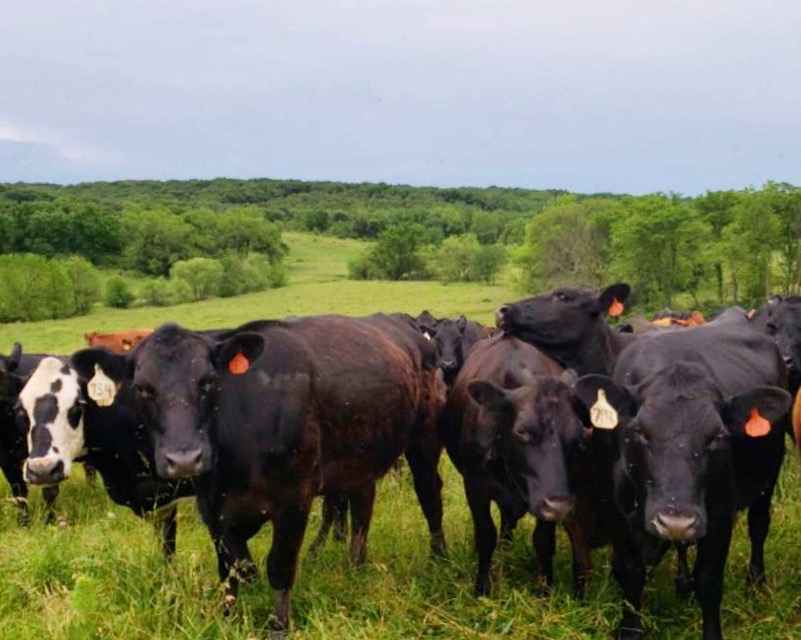
“Bull” definition
A bull is an intact (not castrated) male bovine. Our daughter may say “daddy cow,” but I don’t have the heart to correct her right now. Bull can be used in the same manner in other species, such as elk, moose or whales!
Variations of Bull
- Clean up bull: In an AI (see definition below) program, cows are first bred artificially. As a rancher, you cross your fingers that that pregnancy sticks, as you’ve spent time and money on those genetics. However, if the AI procedure was not successful, it is important to have a “clean up bull” to breed those cows that didn’t become pregnant the first time. Those calves will be born a month or more later, so during calving season, you can figure out how many AI calves you have and how many the clean up bull ultimately bred.
- Heifer bull: A bull chosen specifically to breed only the heifers in the herd, usually because of his genetics for lower birth weight calves.

“Steer” definition
A steer is a castrated male bovine. He is destined for the beef supply.
“Ox” Definition
An ox is a mature castrated male bovine. They were used for field work prior to the invention of tractors and other farm mechanization.
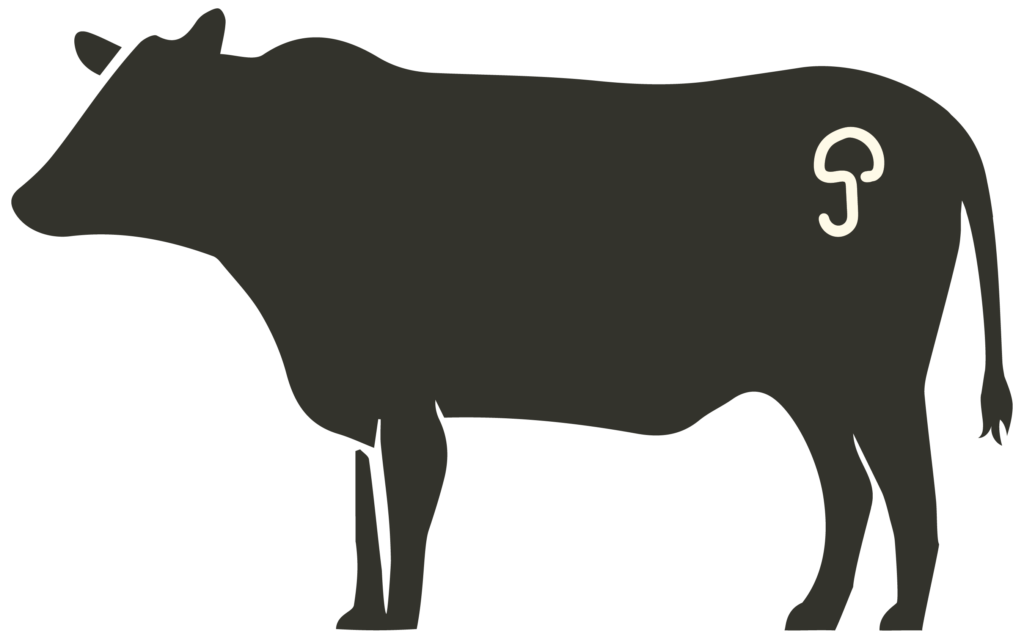
Other cattle definitions from the cattle world
- To freshen: A dairy cow term meaning “to calve.”
- In milk: A dairy cow term meaning that she is currently lactating.
- To dry off: A dairy cow term meaning that she has reached the end of her lactation. Dairy cows routinely are dried off for the last 2 months of gestation. She gets a two month vacation where her only job is to eat, gestate, relax and be fabulous.
- To cull: A term referring to when a bovine leaves the herd, either to another herd, to the sale barn or directly to slaughter. This could be for a variety of reasons, including she didn’t breed back, he has no libido, she doesn’t fit with the goals of the herd (too big, too small, wrong breed, etc) or a bad attitude (we appreciate docility around here).
- Branding: Not the marketing term! In the cattle world, branding still refers to the symbols burned into the hide designating ownership. In most western states, the states have brand registries connecting these symbols to specific ranches. It may sound old timey, but cattle rustling still occurs! This permanent and difficult to alter form of identification is still relevant in the 21st century. Iron brands heated over the fire is the original technique. Also available are electric hot brands and freeze branding with liquid nitrogen.
- AI: Not artificial intelligence! No, long before this new AI term came about, we had “artificial insemination.” This is a breeding technique where a cow is inseminated by a person using a thawed straw of semen. This technique opens up the herds to genetic diversity. A ranch can bring in better genetics from all over the country to more quickly improve their herd. A game changer!
Are any of these terms new or surprising to you?
I hope that you can now confidently answer, “what is a heifer?”. You’re welcome!
Are there are any other terms you’d like to know about? Email me at [email protected] and let me know!
